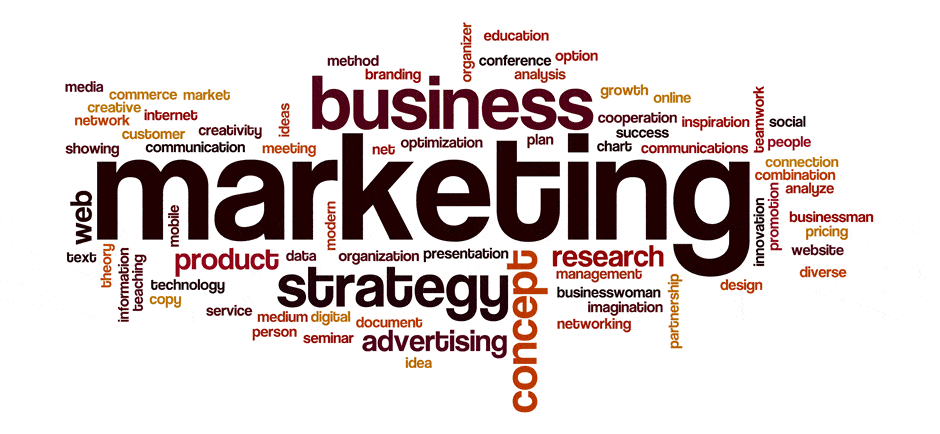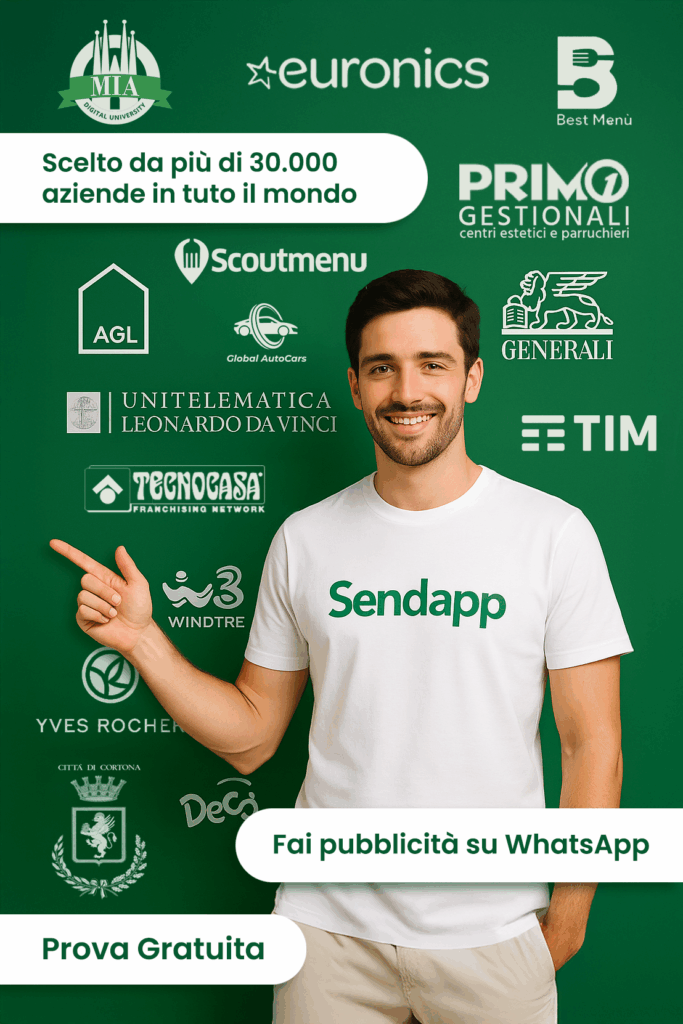In just a few years, the messaging market has changed dramatically. We have gone from a dominant SMS channel to a very large number of messaging apps that offer complex conversations run by chatbots, which can naturally interact with people. Understanding conversational interactive marketing is a priority today.
As a result, the methods of communication for both individuals and companies have changed significantly. Offering greater functionality is simple interfaces , messaging applications have managed to capture a large part of the mobile messaging market between individuals.
With a 394% increase in time spent on messaging apps between 2016 and 2017, apps put the spotlight back on the messaging market. Here are the three services that stand out:
- RCS or Rich Communication Services. Presented as an evolution of the SMS channel and jointly led by Google and telecom operators, RCS has a very good chance of being the messaging service of the future
- Facebook Messenger, which opened its API in 2016 and is now a pioneering, stable and efficient channel
- WhatsApp, whose API is gradually opening up to brands, will allow the first interconnections to be launched in 2019
However, it is not a "stable" market and many players coexist in this sector:
- Business Chat, Apple's answer to these messaging apps, but currently complex to implement
- WeChat, a very big player but mainly for the Chinese market
With this rapid growth, a new way of managing customer relationships has emerged: chatbot and conversation interfaces . But if the emergence of these conversational agents has been so rapid, it is also thanks to one economic situation more than favorable .
New mobile uses
Over the years, the smartphone has established itself as the primary viewing screen (in front of the computer and tablet). This profound change began in 2007 when smartphones saw their autonomy increase and their screens changed. Larger and more tactile, their uses are evolving. The number of sessions per day is exploding, about 150 , but attention levels are decreasing. With an average of 70 seconds per session, that's now essential capture the attention of users from the first moment.
And in this context, one format stands out from all the others: the chatbot.
Having existed almost since the beginning of the IT era, they have distinguished themselves and become a key channel for marketing with messaging applications. Fast and available 24 hours a day , allow you to create engaging and personalized conversations . An average conversation lasts approx 120 seconds, during which an average of 20 messages are exchanged . No other format can boast such a degree of involvement.
Users also claim to be socially ready to converse with a chatbot if the quality of service improves. The figures show this with a completion rate of 86% for initiated conversations . And technologies are developing ... Now you can connect these conversation tools to the system of corporate information (IS) to automate recurring and easily processed requests.
Understanding of human language is improving
One car can talk to another car, it's a record issue. But with a human being, it's immediately much more complicated. There are an infinite number of standards that make the humanization of conversational agents very complex : key, language used, spelling errors, familiarity / way of addressing, context of the last discussion, digressions and so on.
However, in recent years, artificial intelligence has made significant progress . NLU, NLP, ASR, regardless of their name, these technologies aim to narrow this gap. But today, these technologies, with their immense potential, are still in their infancy. They represent a real differentiator in the face of the competition as well as exorbitant investments to deliver a satisfying experience .
The right time, the right technologies, everything seems to be in place to revolutionize customer relationships.
But you still have to look at the solution from the right end!
Don't try to move too fast too soon
When you start a chatbot, you start a project that can last for years . First, because the scope is unclear and it is difficult to definitively assign it to a single business department. The chatbot is the third distribution channel after points of sale and websites and, like their predecessors, they affect all of the company's services, from CRM to e-commerce and, of course, essential business information (IS) services.
So why the use cases are numerous and this seems logical given the scope they have. Chatbots can help after-sales service and help highlight a high point , so it's hard for business executives to know where to start.
Obviously, all of this has a cost, sometimes phenomenal , and with an uncertain expectation of return on investment . Because if the theory suggests that chatbots will be the new Eldorado, the reality on the ground can sometimes be very different. Like any new tool, conversational interaction has yet to prove its worth. For this reason, it is essential to select the correct use case .
It will also be about finding a use case that can be deployed quickly, the ideal first step is to avoid resorting to input from IT, thus controlling the time spent on the project and therefore the budget as much as possible. It will therefore be a question of choosing the relevant key performance indicators to promote this channel internally and justify future investments.
The standalone chatbot is, therefore, the perfect solution , it is based only on decision trees, a lot less complex and expensive than semantic recognition technologies (NLP / NLU) and can operate without any connection to IS systems. Its goal is to promote a brand highlight during a certain period, such as during sales. Budget and project times are reduced is better controlled and it gets easier demonstrate the effectiveness of the channel .
But for a standalone chatbot to be successful, it is still essential to ensure adequate media coverage.
Ensuring strong media coverage generates traffic
If you've followed the advice above, you may now be wondering how to bring traffic back to your chatbot. Here we will mainly address the case of Messenger ; At the moment RCS is Whatsapp they offer limited functionality in terms of media coverage.
With Messenger, the possibilities are numerous: first of all, you can forward your chatbot to your customer base. SMS achieves the best results with an average conversion of 10%, where the dedicated email is 1.5%.
You can also add two plugins on your website ; the first will allow the user to interact with your chatbot through a pop-up placed on your site . The second is designed for send a message to the user after an action on the site (an order for example).
In the end, the Facebook ecosystem remains an excellent tool for generating traffic in addition to organic posts on your Facebook page and ai native ads , included in the news feed; you can also use Instagram , the his stories and sponsored posts to ensure the success of your chatbot.
The success of your chatbot therefore does not depend only on the use case set, the its media coverage is equally essential . Without this, the best chatbot in the world will have little chance of proving its worth.
At this point, you have everything you need to start your first chatbot, and it will be interesting to conduct several iterations to learn more about your users' behavior on these new messaging services. Future steps will entail the progressive integration of company information systems into your chatbot (CRM, product flow, payment, booking management, etc.) To offer an ever higher quality to the service provided. NLP / NLU technologies , which are complex and expensive today, remain technologies of the future and without forgetting the human being who, when the context requires it, adds inestimable value in customer relations .







